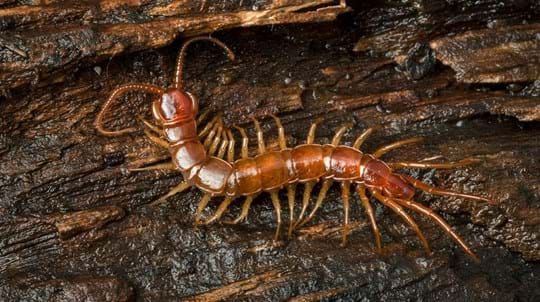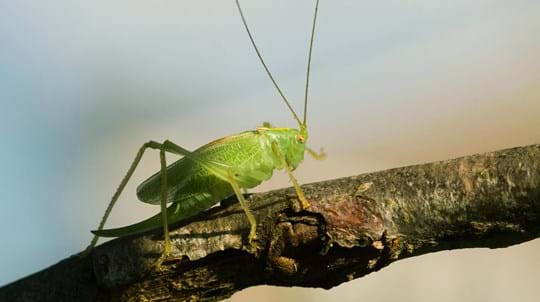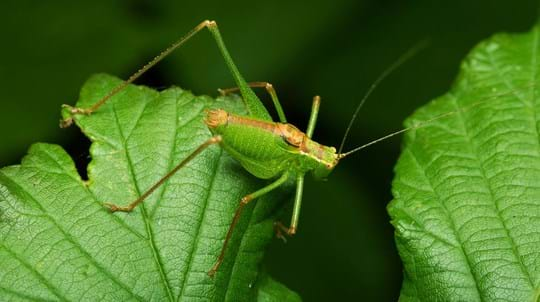
Trees woods and wildlife
Centipedes and millipedes
Centipedes and millipedes are many-legged recycling machines, find out about the types you'll find in the UK's woods.
You might not expect to find many crustaceans in the woods, but look under any rock or stump and they'll be there! Woodlice are land-based crustaceans and industrious nutrient recyclers. There are over 3,000 species of woodlouse worldwide, around 40 of those in the UK.
Trees woods and wildlife
Hardy, hungry, excellent composters. The humble woodlouse munches its way through just about anything it can find and is an expert in recycling nutrients.
Trees woods and wildlife
Easily found and easily startled, the pill woodlouse is named after its habit of rolling tight into a ball when disturbed. They’re a common sight in woodland, parks and gardens alike.

Trees woods and wildlife
Centipedes and millipedes are many-legged recycling machines, find out about the types you'll find in the UK's woods.

Trees woods and wildlife
Whether they're chirruping in the tree tops or jumping around on the forest floor, explore the crickets and grasshoppers you'll find in the UK's woods.

Trees woods and wildlife
Find out about the millions of woodland insects and invertebrates that live among the leaves, under bark, in dead wood, leaf litter and soil.